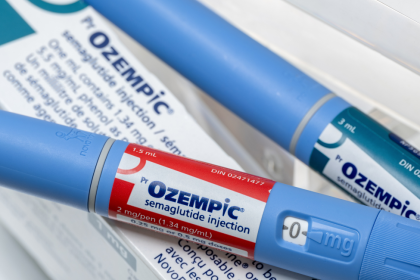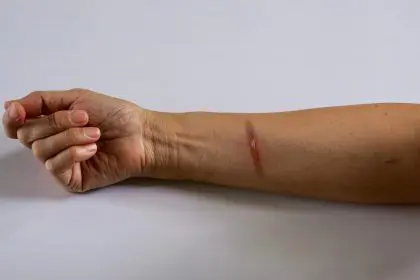The importance of being able to identify and treat bug bites and stings can not be understated. They can range from minor nuisances to medical emergencies requiring immediate attention, health experts say. Understanding symptoms and proper treatment proves crucial for safety.
“The initial response to a bite or sting often determines the outcome,” says Dr. Sarah Martinez, emergency medicine specialist at Mayo Clinic. “Knowing when to treat at home versus seek medical care saves lives.”
Common reactions
Most bites cause mild symptoms including:
– Localized swelling and redness
– Itching or burning sensation
– Pain at bite site
– Minor muscle discomfort
Severe reactions requiring emergency care include:
– Difficulty breathing
– Throat swelling
– Rapid pulse
– Dizziness or fainting
– Nausea or vomiting
High-risk insects
Black widow spider bites demand immediate medical attention, causing intense pain and muscle cramps that can lead to serious complications.
Brown recluse spider bites may trigger severe reactions including tissue death and, rarely, kidney failure. “These bites often appear minor initially but can worsen dramatically over days,” Martinez says.
Fire ant stings create painful blisters that risk infection if broken. Multiple stings may cause severe reactions in sensitive individuals.
First aid steps
For most bites:
1. Remove stinger by scraping with flat edge
2. Clean area with soap and water
3. Apply cold compress
4. Take antihistamine if needed
Prevention methods
Dr. James Chen, infectious disease specialist, recommends:
– Using DEET-based repellents
– Wearing long sleeves and pants outdoors
– Avoiding peak activity times
– Eliminating standing water near homes
– Checking for ticks after outdoor activities
Warning signs
Seek immediate medical care for:
– Spreading redness beyond 2 inches
– Severe pain or swelling
– Fever over 100.4°F
– Difficulty breathing
– Mental confusion
“Early intervention prevents most serious complications,” Chen says. “When in doubt, contact a health care provider.”
The CDC reports over 500,000 Americans visit emergency rooms annually for bug bite reactions. Proper identification and prompt treatment remain essential for managing these encounters safely.













